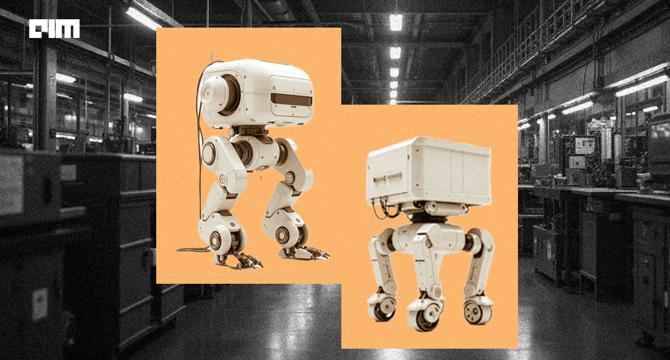Analyticsindiamag
1M
457

Image Credit: Analyticsindiamag
Faceless Robots are Taking Over the Future of Work
- The real revolution in robotics is happening in industrial settings such as factory floors and warehouses, driven by labor shortages and the need for resilient operations.
- Industrial robots, not humanoid machines, equipped with AI, vision, and mobility technologies are enhancing precision, efficiency, and supply chain resilience.
- These purpose-built systems are seamlessly integrating into production lines, collaborating with human workers, and adapting to dynamic environments.
- Industrial robots, including cobots and AMRs, are seeing significant global adoption and market growth projections, outpacing other segments.
- Countries like South Korea and China are experiencing a rise in robot density, pointing towards a global shift in labor and automation interactions.
- Modern robots are powered by AI, vision systems, and mobility tech, enabling them to handle variability and adapt to dynamic manufacturing settings.
- Robots equipped with advanced sensors and AI algorithms are transforming automation projects by learning tasks through experience-based learning.
- Robots are expanding beyond manufacturing into areas like warehouses, healthcare, and surgery, improving logistics, efficiency, and workplace safety.
- Investors are heavily investing in logistics and industrial robotics, with companies like ABB and FANUC developing robots for various industries.
- The future of robotics is driven by precision arms, sensors, and AI that enhance productivity and efficiency, reflecting a shift towards function over form.
Read Full Article
26 Likes
For uninterrupted reading, download the app